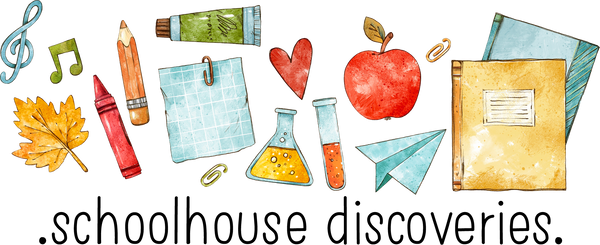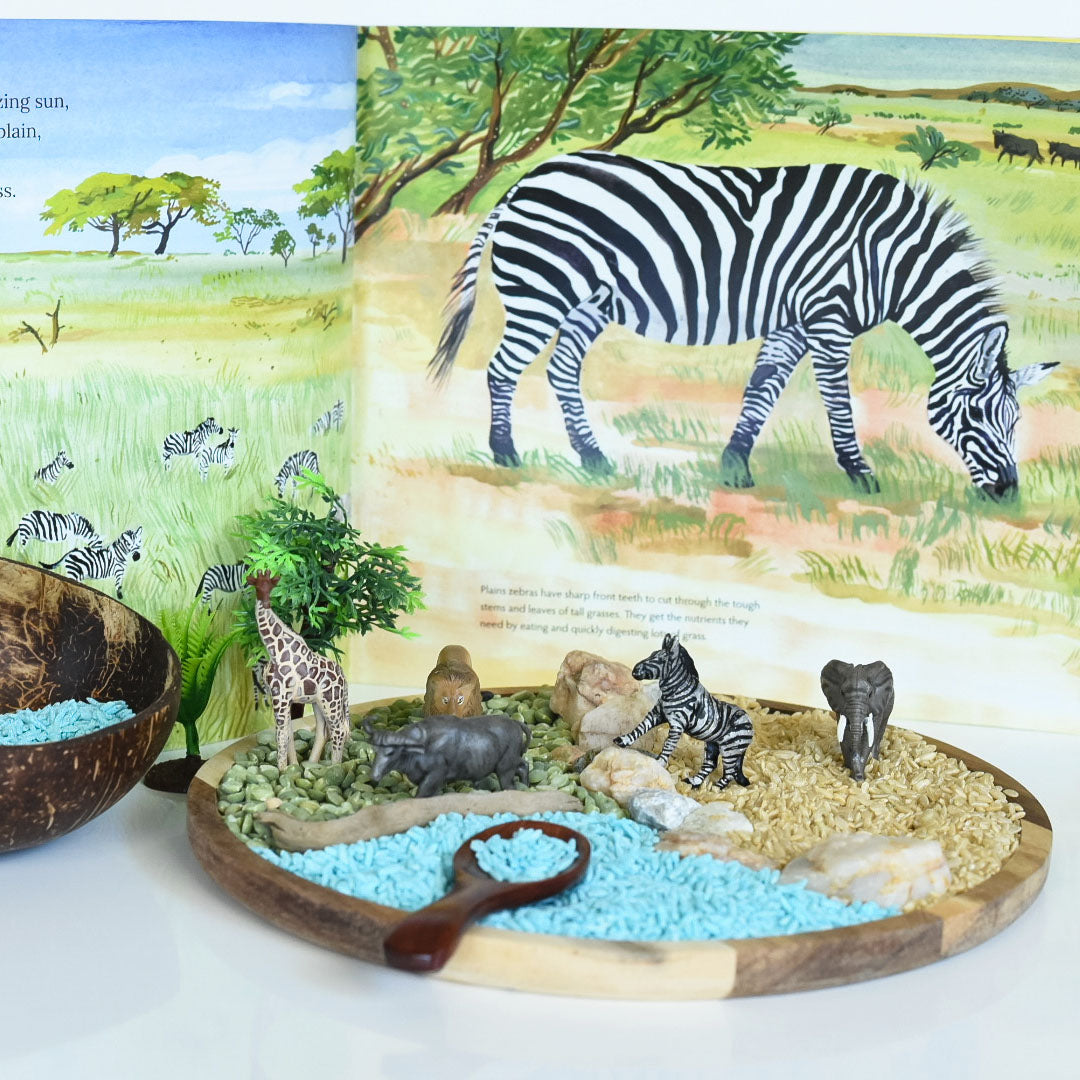
Tectonic Plates Snack Craft
Share
Get ready for a hands-on (and tasty!) science activity that shows how Earth's surface moves. With a few simple snacks, you’ll build an edible model of tectonic plates and see what happens when they bump into each other, slide side by side, or pull apart.
Scroll down for the step-by-step instructions to create your own Tectonic Plates Snack Craft!

PREPARE THE MANTLE:
Spread a thick layer of frosting on a plate, a little bigger than the size of the graham crackers.
This represents the Earth's mantle, a soft, hot layer beneath the crust where melted rock (magma) moves.

PLACE YOUR TECTONIC PLATES:
Lay one graham cracker on the left side and one on the right so their edges meet in the middle.
These are your tectonic plates floating on the mantle.

ADD THE MAGMA:
Lift up the graham cracker and tuck a few mini marshmallows in a line under the graham crackers where they meet. Pour red sprinkles on top of the marshmallows (optional), then gently place the graham crackers back on top so the edges are touching.
These marshmallows represent magma, melted rock under the Earth's surface.
NOW, TRY THE MOVEMENTS!
DIVERGENT BOUNDARY (PLATES PULL APART):
Slowly pull the crackers away from each other so the frosting and the marshmallows show through between the graham crackers.
This is the magma rising. Just like in the ocean, when tectonic plates move apart, magma pushes up to fill the space. When it cools, it forms new underwater mountains or even volcanoes!
Eat or remove the marshmallows.

CONVERGENT BOUNDARY (PLATES PUSH TOGETHER):
Model 1: Push the graham crackers firmly toward each other lifting them upward until the tops touch.
This is how underwater mountains are formed.

Model 2: Separate the graham crackers a little, then push them together so one graham cracker goes under the other.
This models how deep-sea trenches and volcanic mountains form.
TRANSFORM BOUNDARY (PLATES SLIDE SIDEWAYS):
Place the graham crackers back in the middle so the edges are touching, and slide one graham cracker past the other sideways.
This models transform boundaries, where plates rub against each other and can cause earthquakes on the ocean floor.
Eat and enjoy! While the child/ren are eating discuss the question below.
Discuss:
How does our model show how the ocean floor can change over time?
Think about how we moved the graham crackers.
When scientists find cracks, mountains, or trenches in real rocks or maps, what might that tell them about how the Earth moved in the past?

